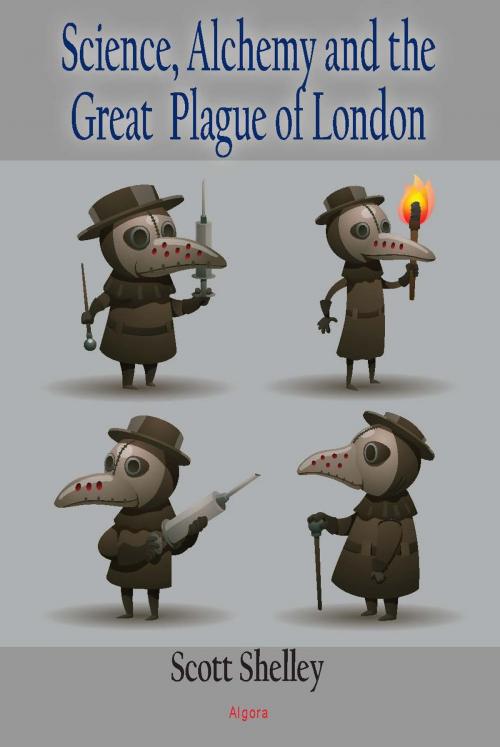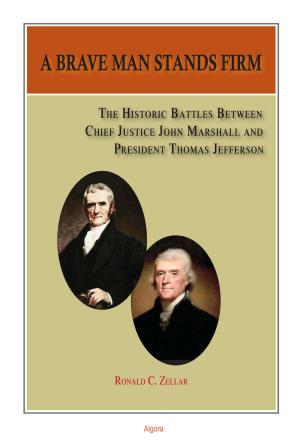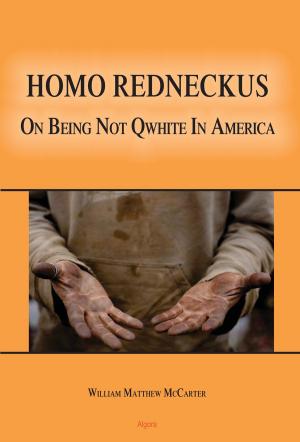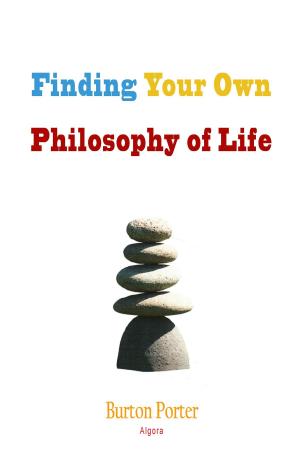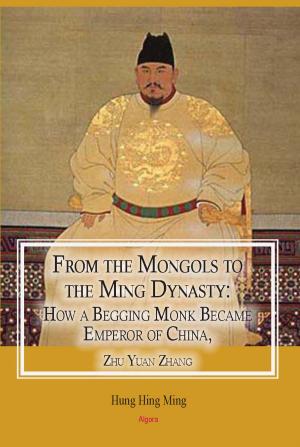Science, Alchemy and the Great Plague of London
Nonfiction, Science & Nature, Science, Other Sciences, History| Author: | William Scott Shelley | ISBN: | 9781628943146 |
| Publisher: | Algora Publishing | Publication: | October 15, 2017 |
| Imprint: | Algora Publishing | Language: | English |
| Author: | William Scott Shelley |
| ISBN: | 9781628943146 |
| Publisher: | Algora Publishing |
| Publication: | October 15, 2017 |
| Imprint: | Algora Publishing |
| Language: | English |
Starkey, who often wrote under the pseudonym Eirenaeus Philalethes, was a major contributor to the development of the medical sciences. The book also explores his enormous influence over his friend Robert Boyle and, later, on Isaac Newton.
Among Starkey's accomplishments was his reputation for being the only physician in London who possessed a cure for the Great Plague in 1665, though the details of his remedy are lost.
Further, examining the historical record and the medical evidence, the author presents a new theory for the cause of that dreaded epidemic. Records detailing where and how fast the disease spread, and among what populations, point to poisonous fungal infections of rye. This is the first book to present such a theory based on the primary-source medical evidence. Shelley demonstrates that all of the primary source evidence contradicts the bubonic plague theory, and he shows that all of the epidemiological evidence is consistent with poisoning by Fusarium and ergot infections of rye, a cereal that was once a staple of the poor in Europe. The argument is a medical one, based on the writings of physicians from this period, including Thomas Sydenham, considered the greatest epidemiologist of his time.
Forewords by Dr. Dan Merkur and Dr. Mary Matossian help to set the work in context.
Starkey, who often wrote under the pseudonym Eirenaeus Philalethes, was a major contributor to the development of the medical sciences. The book also explores his enormous influence over his friend Robert Boyle and, later, on Isaac Newton.
Among Starkey's accomplishments was his reputation for being the only physician in London who possessed a cure for the Great Plague in 1665, though the details of his remedy are lost.
Further, examining the historical record and the medical evidence, the author presents a new theory for the cause of that dreaded epidemic. Records detailing where and how fast the disease spread, and among what populations, point to poisonous fungal infections of rye. This is the first book to present such a theory based on the primary-source medical evidence. Shelley demonstrates that all of the primary source evidence contradicts the bubonic plague theory, and he shows that all of the epidemiological evidence is consistent with poisoning by Fusarium and ergot infections of rye, a cereal that was once a staple of the poor in Europe. The argument is a medical one, based on the writings of physicians from this period, including Thomas Sydenham, considered the greatest epidemiologist of his time.
Forewords by Dr. Dan Merkur and Dr. Mary Matossian help to set the work in context.
